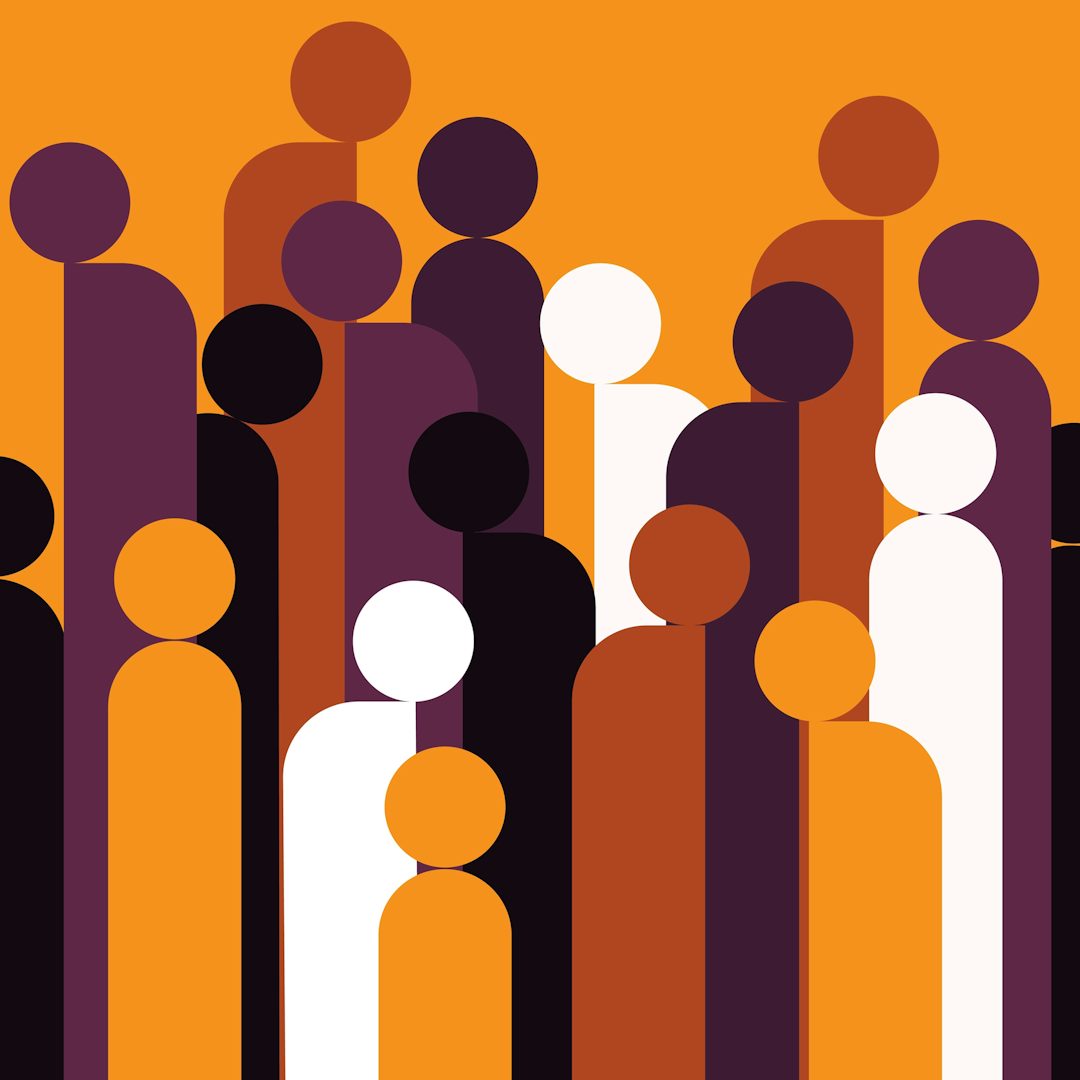Meet the most creative people you’ll ever hire
As Disability Pride Month draws to a close, That Lot ECD Paul Hewitt questions why the creative industries are still failing to recognise the true value of what disabled and neurodiverse talent bring to the table
Here’s a provocation: disabled and neurodivergent people are the most creative people in the world. And the advertising industry is ignoring them. Last year during Disability Pride Month, I wrote about my own experiences of my life-altering disability and how going slow is a creative advantage in this fast-paced world. I was overwhelmed by the response to it. A friend told me I was tenacious for going the opposite way to everyone else. It made me think, this is what advertising is all about – isn’t it?
When hiring creatives, I’m looking for two things: tenacity and curiosity. Disabled and neurodivergent people have both in bucket loads because we live in a world that wasn’t built for us every day – and ultimately, that survival is the greatest act of creativity.
Disabled people have changed the world for everyone (not just for other disabled people). Stephen Hawking opened our minds to new worlds. Harriet Tubman freed hundreds of people from slavery. Dame Evelyn Glennie taught us new ways to hear. Stevie Wonder has brought us hit after hit after hit. Greta Thunberg and her generation are defining climate activism. These people are mavericks. They are not mavericks because of their disability. They are mavericks because they had an innate ability to give the world new ways of seeing old problems. They are the great creatives, and it should come as no surprise.
When hiring creatives, I’m looking for two things: tenacity and curiosity. Disabled and neurodivergent people have both in bucket loads because we live in a world that wasn’t built for us
So at a time when we face the blandification of everything, and the tried-and-tested ways of doing things are falling apart in a world of democratised creativity and economic hardship, where are the disabled and neurodivergent voices in advertising? The Advertising Association’s landmark 2021 census showed that disabled talent in the industry was majorly underrepresented at 9%, versus 20% of the overall working age population with disabilities. Two years on, the organisation’s 2023 census showed that representation had increased to just 11%.
In my experience, one of the biggest barriers is assumptions. Assumptions about our abilities are crushing our spirits and progress and driving talented people out of the industry, if it’s even invited in in the first place. This is powerfully portrayed in the Cannes-winning ad Assume That I Can – one of my favourite pieces of work from the last year. It centres around the concept of a ‘self-fulfilling prophecy’, whereby a teacher who thinks that a student cannot understand would act accordingly and therefore not teach the student. And there you go, the prophecy self-fulfills.
Equally, 4Creative’s recent Paralympics work was inspired by an insight that nearly 60% of people said they watch the Paralympic Games to “see athletes overcoming their disabilities”, compared to just 37% for “exciting sporting competition”. In an interview with CR, ECD Lyndsey Atkin said, “What that word ‘overcoming’ does is it perpetuates the idea that disability is a problem rather than the fact that the problems and equalities associated with disability are created. So it feels really patronising but it also feels really ableist.”
Both pieces of work highlight the problem in the deep ableist assumption that is damaging opportunities for talent we should be nurturing. Disabled people do not owe anyone ‘success stories’, but we do deserve equitable voice to create. People with disabilities are consistently undervalued in the workplace and more specifically in advertising, an industry that has a core need for radicalism and innovation.
Our workplace binaries will be challenged. You’ll probably have to make space. You’ll have to adapt. But in return, you’ll get immense creativity from talent hungry to change the world
If you’re a creative leader reading this, you’ll challenge me at this point to offer a list of five things you could do to better attract and retain disabled talent (indeed, it came up while writing this article). But I’m not going to, because there’s no ‘one size fits all’ approach – and there never will be. We all have different needs.
But it’s not complicated. It’s actually easy to be more inclusive of disabled and neurodivergent talent in your teams. I tell myself this: don’t assume, ask ‘what do you need to make your best work?’, and listen. Your workplace binaries will be challenged. You’ll probably have to make space. You’ll have to adapt. But in return, you’ll get immense creativity from talent hungry to change the world.
Great creativity is an act of survival. Our survival is every day. We manage our bodies and minds in environments not built for them and the social barriers can sometimes be more awkward than the physical ones, in big ways and small ways. It’s creative problem solving, every day.
I recently led a session for Creative Equals’ Disabled Creatives programme and ended that session with this statement: To all my disabled and neurodivergent friends, that sense of imposter you feel, use it. Use it as the energy to create radical work. Use it as the energy you need to show up as yourself. Use it as a gift to do things others cannot. Say ‘yes, I am imposter – now, watch me rise’.
Paul Hewitt is executive creative director at creative social agency That Lot and is ECD on this year’s D&AD Shift Programme; Top image: Shutterstock/AJP




